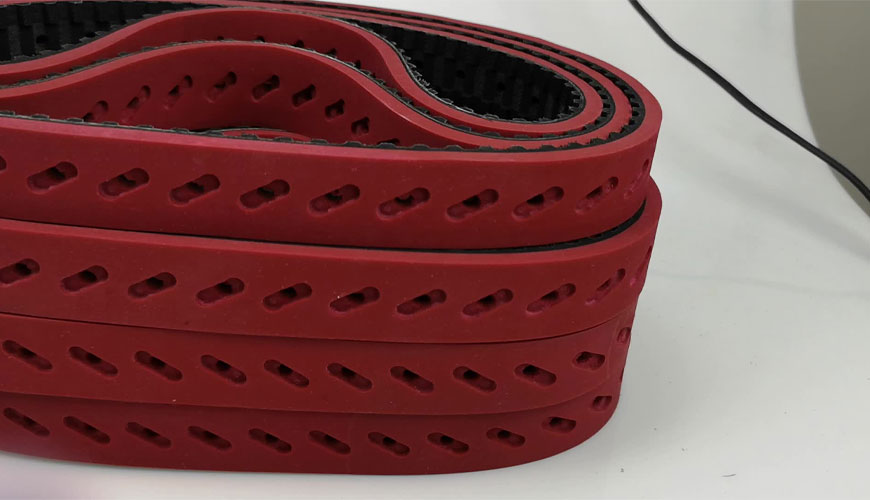

The ISO 8013 standard, developed by the International Organization for Standardization (ISO), specifies a method for the determination of creep in rubber that is constantly subjected to compression or shear forces. The standard cannot be used for intermittent deformation of rubber.

Persons using this International Standard should be familiar with normal laboratory practice. This standard does not purport to address all, if any, safety problems associated with its use. To establish appropriate safety and health practices and to ensure compliance with any national regulatory requirements
responsibility.
When a constant stress is applied to the rubber, the deformation is not constant, gradually increasing over time; This behavior is called "creeping". Conversely, when the rubber is subjected to a constant stress, there is a reduction in stress in the material; This behavior is called “stress relaxation”.
Creep testing is particularly important where vulcanized rubbers are used to support a constant load, such as bearings or assemblies.
The processes responsible for creep can be physical or chemical in nature, and under all normal conditions both processes will occur simultaneously. However, at normal or low temperatures or for short periods, creep is dominated by physical processes, while chemical processes at high temperatures and/or long periods of time
is dominant. In general, physical creep is found to be proportional to logarithmic time and chemical creep to linear time; however, great care should be taken when estimating time/creep curves to predict creep after periods much longer than the times covered by the test, and when using tests at higher temperatures as accelerated tests to inform about creep at lower temperatures.
In addition to the need to specify temperature and time intervals in a creep test, it is also necessary to specify the initial stress and previous mechanical history of the test piece, as this can also affect the measured creep, particularly in rubbers. Contains filler.
Thickness Gauge
Thickness measurements should be made using an instrument conforming to ISO 23529 or the test apparatus described. It shall be capable of measuring the thickness of the test piece to the nearest 0,1 mm. It will have plates with a diameter of at least 30 mm. The dial gauge must be equipped with a flat contact perpendicular to the piston and parallel to the base plate and operate with a foot pressure of (22 ± 5) kPa.
Compression Device for Compression Measurement
The apparatus shall consist of two parallel flat steel plates, between which the prepared test piece is clamped. In the case of unconnected test pieces, the plates should be positioned not worse than 0,2 µm arithmetic mean deviation from the mean line of the profile.
It should be highly polished with a polished surface. It is recommended to lubricate the working surfaces of the plates. Test pieces should be free of mold lubricants and powder dust. The plates shall be rigid enough to withstand the force without bending and of sufficient size to ensure that the entire compressed test piece is within the area of the plates.
Among the services provided by our organization within the framework of material testing services, there are also ISO 8013 standard tests.
To get an appointment, to get more detailed information or to request an evaluation, you can ask us to fill in our form and reach you.